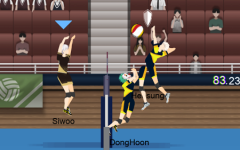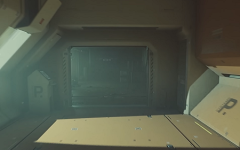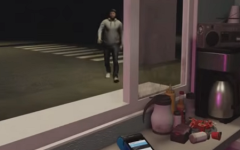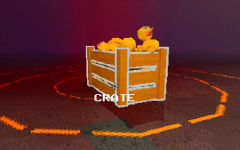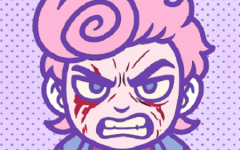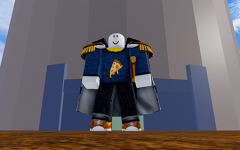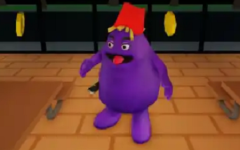Advertisement
Threadville Roblox
Advertisement

In Threadville, players step into an abandoned toy town where thread-based creatures roam the streets. The game unfolds in a quiet, shadowy environment that’s anything but comforting. Your task is to investigate various sections of the town, each with strange, malfunctioning puppet residents who behave erratically. Some are harmless, others are not — and it’s not always easy to tell which is which. Navigation is non-linear, meaning players are free to uncover secrets in any order, though some locked areas require specific items or conditions to access.
Unstable Characters and Player Role
As players interact with the environment, they begin to notice that the puppet inhabitants are bound by rules they don’t seem to fully understand. These characters repeat routines or speak in strange, fragmented ways, hinting at a bigger underlying issue. Players take on the role of an outsider trying to figure out what led to the town’s current state. The more you explore, the more you see that your presence is not welcomed by everyone — some characters will warn you, others might attempt to stop your progress directly.
Gameplay and Strategy
Threadville mixes exploration with psychological tension, relying heavily on memory and observation. Some clues appear insignificant at first but become essential later, forcing players to revisit scenes with a fresh perspective. There’s no combat, but that doesn’t mean there’s no danger. Every decision—whether to enter a room, speak to a puppet, or press a button—can lead to unexpected outcomes. To progress, players must think logically, keep track of interactions, and learn from mistakes. The game’s structure rewards players who pay close attention and aren’t afraid to experiment.



























































































































